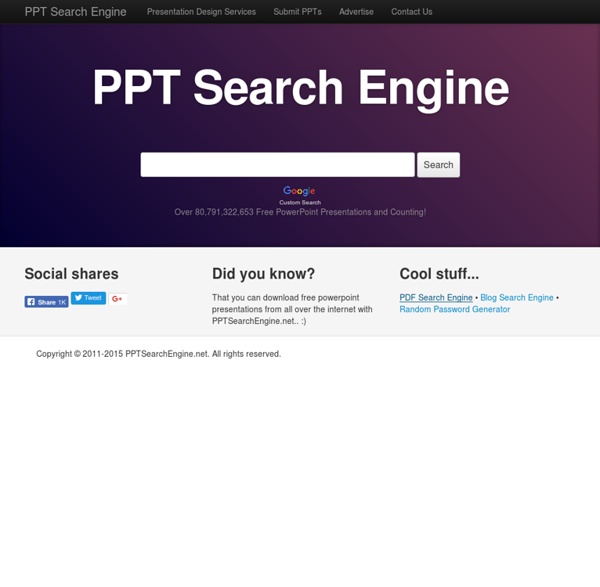



How the Passover Reveals Jesus Christ Introduction The festival of the Passover has been celebrated by Jews for thousands of years. Passover symbolism Much of the symbolism of Jesus' last Passover week is lost to us because we are unaware of the customs of the time. Passover sacrifice The day Jesus was crucified was the day of the Passover celebration and the day that the Passover lamb was to be sacrificed. Burial The festival of unleavened bread began Friday evening (at sunset). Resurrection Christian symbolism in the Passover occurs early in the Seder (the Passover dinner). Christian communion It was during a Passover seder30 that Jesus proclaimed that the meal represented Himself and that He was instituting the New Covenant, which was foretold by Jeremiah, Ezekiel, and Isaiah.31 The celebration of this covenant has become the ordinance of communion in the Christian Church. Conclusion If you are a Christian, I encourage you to celebrate the Passover with your friends and neighbors. Cómo la Pascua Revela a Jesucristo References
Exemplary Collection of Open eLearning Content Repositories Open Educational Content For this exemplary collection the focus is on best practice examples: IIEP-UNESCO Wiki of OER repositories UNESCO/IIEP hosts a Wiki that offers a list of several portals, gateways and repositories. It offers a list of links to OER initiatives, resources and tools. MERLOT (Multimedia Educational Resource for Learning and Online Teaching) Free and open resources designed primarily for faculty and students of higher education. OER Commons OER Commons is a teaching and learning network offering a broad selection of high-quality Open Educational Resources, OER, that are freely available online to use and, in most cases, to adapt to support individualized teaching and learning practices. Open Courseware Directory (OCD) You will find 7 groups of subject-specific open courseware but also specialized resources for each subject, that is why it is acting as a gateway to specific repositories. OpenCourseWare Finder Resource Discovery Network (RDN) ide@s MIT OpenCourseWare OpenLearn
Hebrew Language Recursos Educativos Abiertos (REA) En los últimos años se ha ido cristalizando un movimiento que inició con el desarrollo de Software de Código Abierto, continuó con la formulación de estándares de licenciamiento diferentes a las leyes que contempla el derecho internacional [1], y remató con la creación y provisión de contenidos abiertos para cursos; esto último con mayor dinamismo en la educación superior. Como resultado de la evolución y agrupamiento de estos tres frentes, surge una iniciativa con una idea simple pero poderosa: “El conocimiento es un bien público y tanto la tecnología en general, como Internet en particular, ofrecen una oportunidad extraordinaria para que cualquiera, desde cualquier sitio, comparta, use y aproveche este conocimiento” [2]. Si desglosamos cada unos de los tres tipos de recursos mencionados, encontramos que los Recursos Educativos Abiertos pueden estar compuestos por [3]: A continuación se relacionan, a manera de ejemplo, una serie de sitios que ofrecen Recursos Educativos Abiertos:
The origins of abc Where does our alphabet come from? We see it every day on signs, billboards, packaging, in books and magazines; in fact, you are looking at it now — the Latin or Roman alphabet, the world’s most prolific, most widespread abc. Typography is a relatively recent invention, but to unearth the origins of alphabets, we will need to travel much farther back in time, to an era contemporaneous with the emergence of (agricultural) civilisation itself. Robert Bringhurst wrote that writing is the solid form of language, the precipitate.[1] But writing is also much more than that, and its origins, its evolution, and the way it is now woven into the fabric of civilisations makes it a truly wonderful story. That story spans some 5,000 years. Cuneiform The Sumerians began to experiment with writing at the close of the fourth millennium BC, in Mesopotamia between the rivers Tigris and Euphrates (roughly modern-day Iraq). 1.1 The pictographic origin of Cuneiform. 1.2 Proto-Cuneiform. The writing of the gods
TE & ET: Revista Iberoamericana de Tecnología en Educación y Educación en Tecnología Ir al contenido TE & ET: Revista Iberoamericana de Tecnología en Educación y Educación en Tecnología Información General ISSN-e: 1850-9959Inicio: 2006Periodicidad: AnualPaís: ArgentinaIdioma: español Descripción La Revista Iberoamericana de Tecnología en Educación y Educación en Tecnología (TE&ET) es una revista científica que publica artículos originales, reseñas bibliográficas y resúmenes de Tesis de Posgrado, en el área de Tecnología y Educación. Editores Universidad Nacional de La Plata: Facultad de Informática Clasificación Tecnologías: Tecnología electrónica. Otros catálogos Red de Bibliotecas Universitarias (REBIUN) Sumarios de la revista ** Accesibles* Alojados Acceso de usuarios registrados Mi Dialnet Dialnet Plus Opciones de compartir Opciones de entorno Sugerencia / Errata
Khan Academy Repositorio CED - Objetos CGNTV Evidence for God from Science